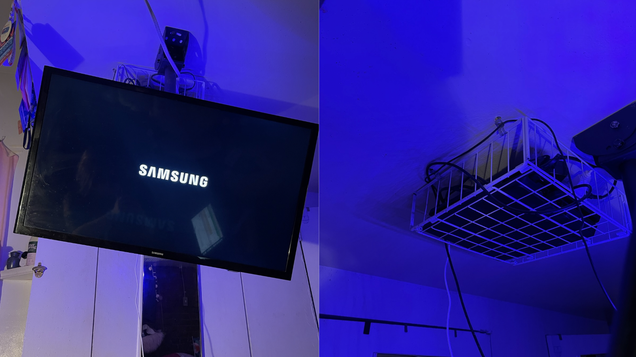Enlarge / The 2021 16-inch MacBook Pro. (credit: Samuel Axon)
It looks like the first benchmarks of Apple’s upcoming M2 Max chip have leaked in Geekbench’s database.
When users run the over-the-shelf version of the Geekbench 5 benchmarking tool, the scores are logged to a public database of results and are tied to entries for specific hardware. In this case, the result (which was discovered by a Twitter user) is listed under a product labeled “Mac14,6” running the as-yet-unreleased operating system “macOS 13.2 (Build 22D21).” The entry also noted that the chip had 12 cores.
The chip in question is likely destined for MacBook Pro and Mac Studio models that will launch sometime next year. As for the results: The overall single-core score is 1,853, and the multicore score is 13,855. The more granular scores like crypto, integer, and floating point generally track along the same lines when compared to this chip’s predecessor, the M1 Max.
Read 4 remaining paragraphs | Comments
Source: Ars Technica – First M2 Max benchmark scores appear to leak on Geekbench














